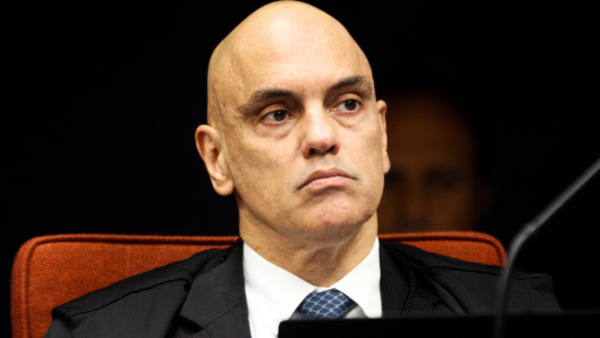Market analysts have raised their projections for where Brazil’s benchmark interest rate will be at the end of 2024 — from 9 to 9.25 percent — according to the Focus Report, a weekly survey the Central Bank conducts with top investment firms.
Although small, the increase reflects analysts’ concerns about the deterioration of the foreign scenario, dictated by the extension of monetary tightening in the U.S. for longer than expected.
On Wednesday, the Federal Reserve will decide on the interest rate policy of the world’s largest economy, hours before the Brazilian Central Bank’s Monetary Policy Committee does the same at home.
In general, maintaining or raising interest rates in the U.S. limits the movement of cuts in Brazil — emerging markets need to regulate their monetary impulse to avoid losing (more) investors to the global superpower. External pressure on Brazil to maintain high interest rates will not begin to ease until mid-2024, when the Fed and European Central Bank (ECB) are expected to start cutting rates.
In accordance with the monetary authority’s signals, most analysts expect another half percentage-point cut to 12.25 percent — and most expect the forward guidance to indicate the same pace of easing at least until the next meeting in December.
“We also expect the tone of the post-meeting communiqué to be more cautious or conservative, given recent external developments and associated risks, and to reiterate that the policy stance will remain restrictive until the disinflationary process is consolidated and inflation expectations are anchored around the target,” says Alberto Ramos, head of Latin America economics research at Goldman Sachs.
While recent inflation readings have been relatively benign, the economist argues that “caution is still warranted” given that inflation expectations for 2024/2025/2026 are no longer improving — food and fuel prices tend to rise in the last part of the year — and fiscal policy remains too expansionary.
Between January and September 2023, the Brazilian federal government reported an inflation-adjusted primary deficit of BRL 92.6 billion (USD 18.4 billion), the largest fiscal shortfall since the height of the pandemic crisis. Current fiscal projections for 2023 are for a deficit of BRL 145 billion, double the primary deficit target for that year — which is 0.75 percent of GDP, or BRL 75 billion. For 2024, the government has set an even tougher target of a zero primary deficit, which is also unlikely to be met.
President Luiz Inácio Lula da Silva’s speech last Friday, in which he said his government does not need to eliminate the fiscal deficit next year, also had weight in economists’ analyses.
“Undoubtedly, economists will give more weight to this, but I see it as secondary, as it has been clear for some time that it would be very difficult to achieve the target, especially since the economic agenda in this second half of the year is slower in Congress than would be desirable,” says economist and independent consultant André Perfeito.
Last week, the House approved a bill to tax offshore investments and investment funds used by the super-rich, which the government believes could be important sources of revenue, and it now goes to the Senate. The proposal is one of Finance Minister Fernando Haddad’s few congressional victories aimed at raising revenue.


 Search
Search






































